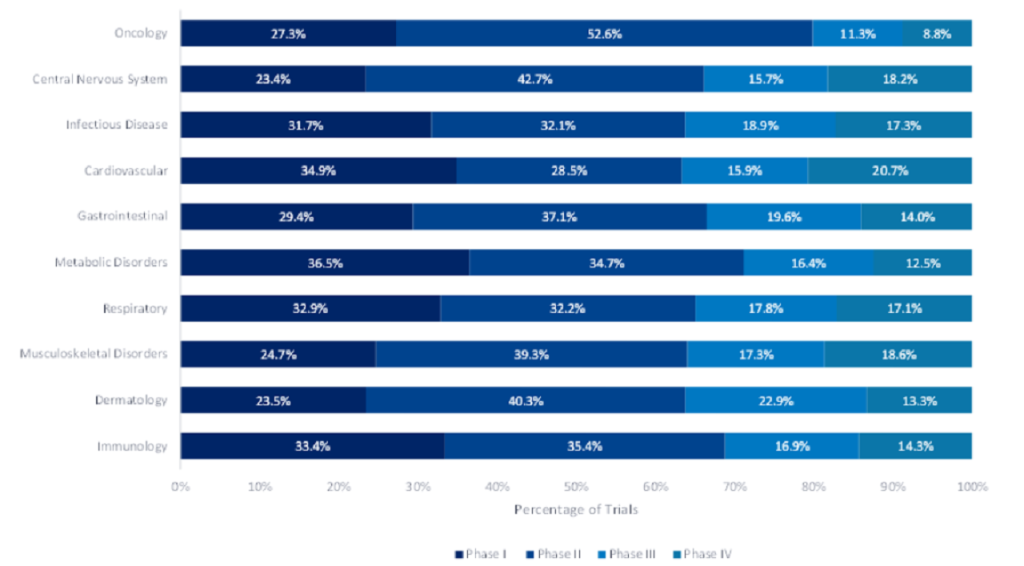Influenza, commonly referred to as flu, is a virus from the Orthomyxoviridae family that causes fever, cough, sore throat, runny nose, aches, headaches, fatigue and occasionally vomiting. Due to its nature as an upper respiratory infection, influenza is often confused with other illnesses like colds and coronavirus disease 2019 (Covid-19).
Surveillance of seasonal influenza in the US is presented via the Centres for Disease Control and Prevention’s (CDC) Weekly US Influenza Surveillance Report, also called FluView. The 2021–22 influenza season has had an unusually high amount of activity late in the season, which has extended both surveillance activity and requests for the public to continue taking steps to prevent influenza transmission.
Traditional influenza season surveillance covers week 40 of the first year (1 October) to week 17 of the second year (30 April). The CDC published that, due to late-season activity, 2021–22 influenza season hospitalisation surveillance via CDC FluSurv-NET has been extended past the normal week 17 end date. Data currently exists to 28 May 2022 (week 21) and it is unclear when the surveillance of this season will be finished.
The number of positive influenza tests reported by both clinical and public health laboratories peaked twice in the 2021–22 season. The first peak occurred in late December last year and the second occurred in April this year. This differs from the usual seasonal influenza pattern, as tracked by the CDC since 1982, which notes the highest percentage of positive respiratory specimens most often occurs in February, followed by December, January and March.
In addition, outpatient visits for influenza-like illness (ILI) reached a peak of 110,734 visits in week 52 of last year before dropping sharply and reaching a second peak of 52,579 visits in week 20 of this year. In previous years, outpatient visits have drastically declined by week 16. The percentage of outpatient visits for each age group is still rising at week 21 for patients aged up to 49 years after reaching a low point at week six of this year. Notably, ILI does not guarantee the presence of influenza and could instead be caused by another respiratory illness.
See Also:
The total number of influenza illnesses to date is not the highest seen in recent years. The CDC estimates the overall burden of influenza illnesses based on several factors, including but not limited to hospitalisations, ILIs and health-seeking behaviour. The 2018–19 influenza season yielded an estimated 29 million illnesses, which rose to 35 million in the 2019–20 season. There were so few cases of influenza in the 2020–21 season, however, that the CDC could not provide an estimate.
How well do you really know your competitors?
Access the most comprehensive Company Profiles on the market, powered by GlobalData. Save hours of research. Gain competitive edge.

Thank you!
Your download email will arrive shortly
Not ready to buy yet? Download a free sample
We are confident about the unique quality of our Company Profiles. However, we want you to make the most beneficial decision for your business, so we offer a free sample that you can download by submitting the below form
By GlobalDataThe 2021–22 season is predicted to yield 7,4 million to 12 million illnesses. According to GlobalData epidemiologists, the number of ILI cases this year was forecast to reach 17 million. But with the low number of influenza illnesses reported to date, the number of ILI cases will likely fall below current forecast estimates.
Although no explanation has been given for this late-season surge, the Covid-19 pandemic and associated mitigation strategies are likely attributable to the low number of cases in the 2020–21 season and may have long-lasting effects. Influenza can be difficult to predict due to antigenic shift, weather patterns, animal reservoirs, the success of vaccine strain predictions, and social factors. Influenza is also not a reportable disease, which can complicate surveillance activities. Transmission prevention measures such as hand washing, covering one’s mouth when coughing, and staying at home while ill are still in effect and perennially useful.









Related Company Profiles
ILI LLC